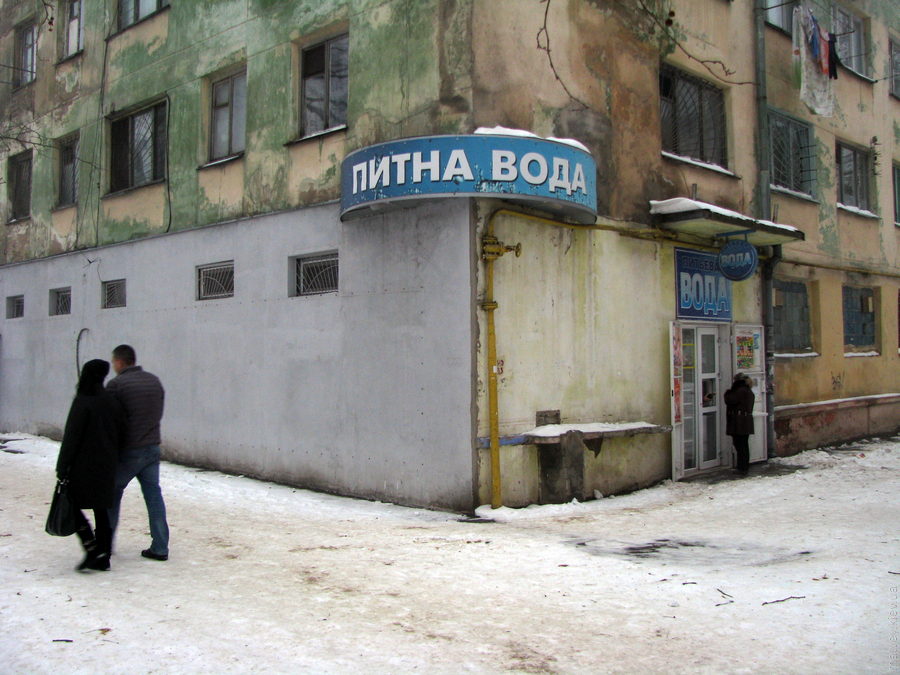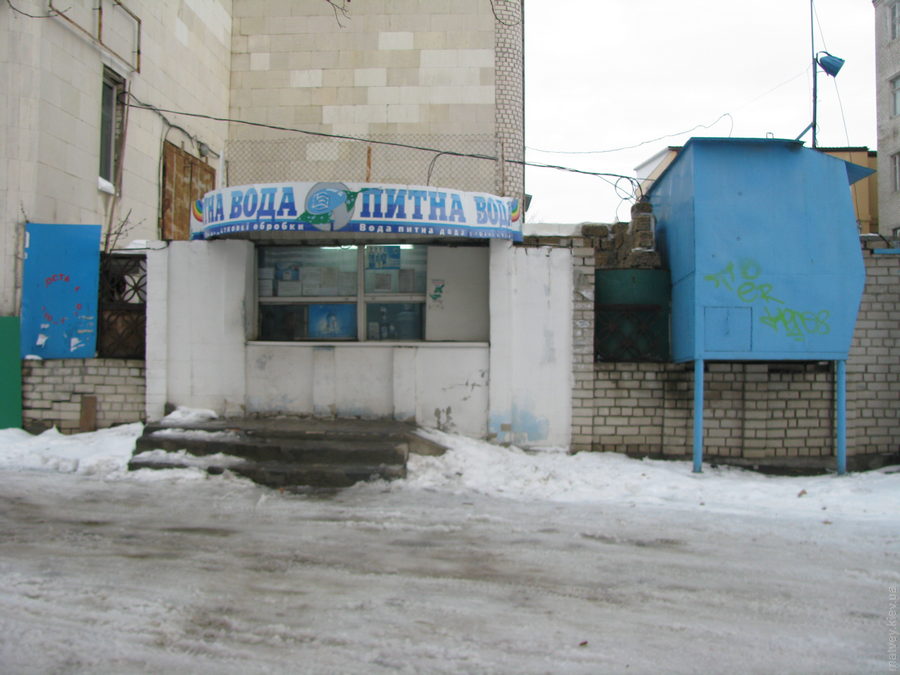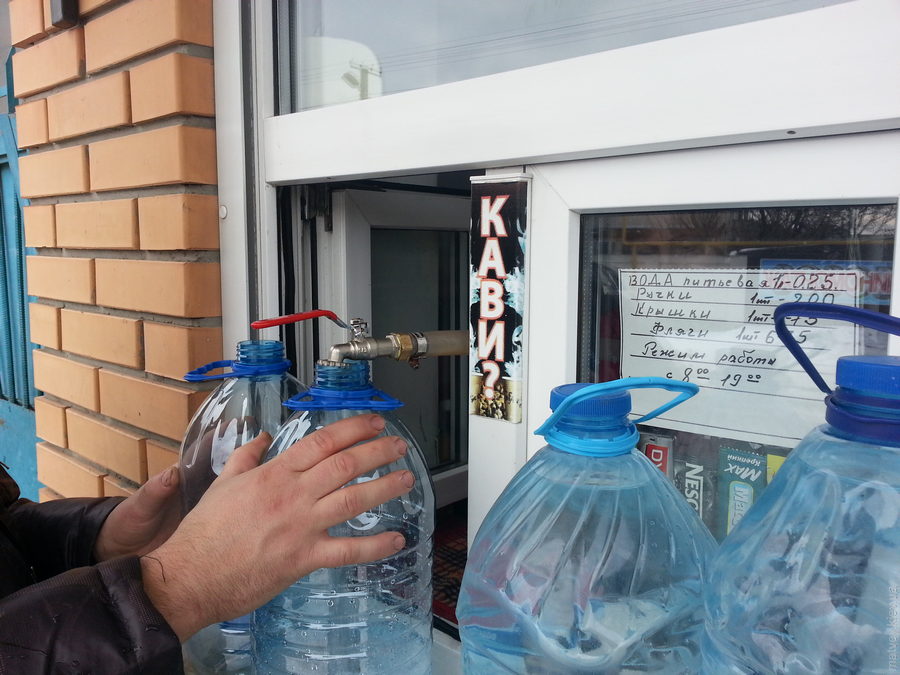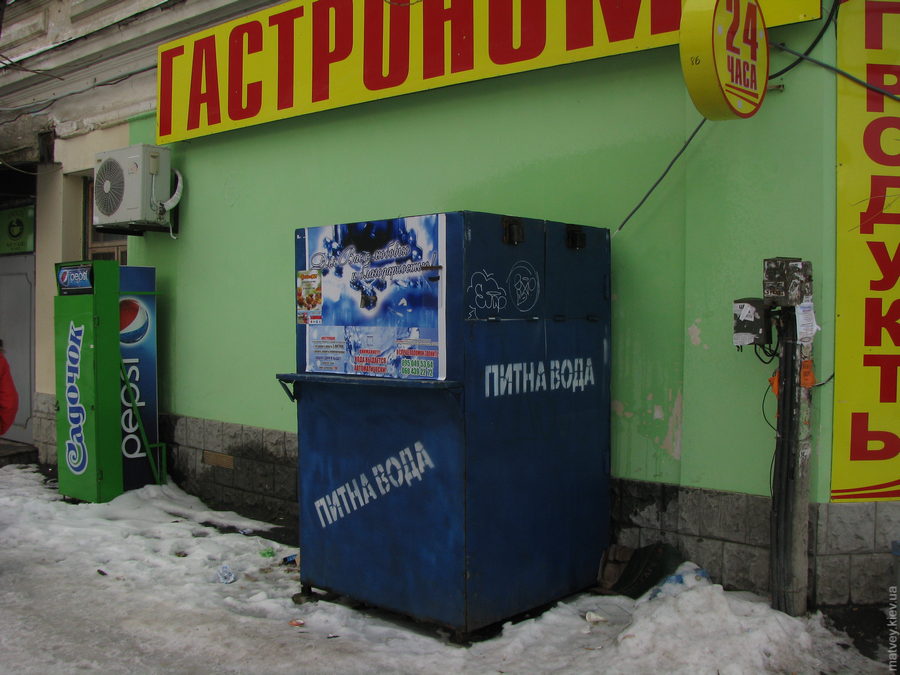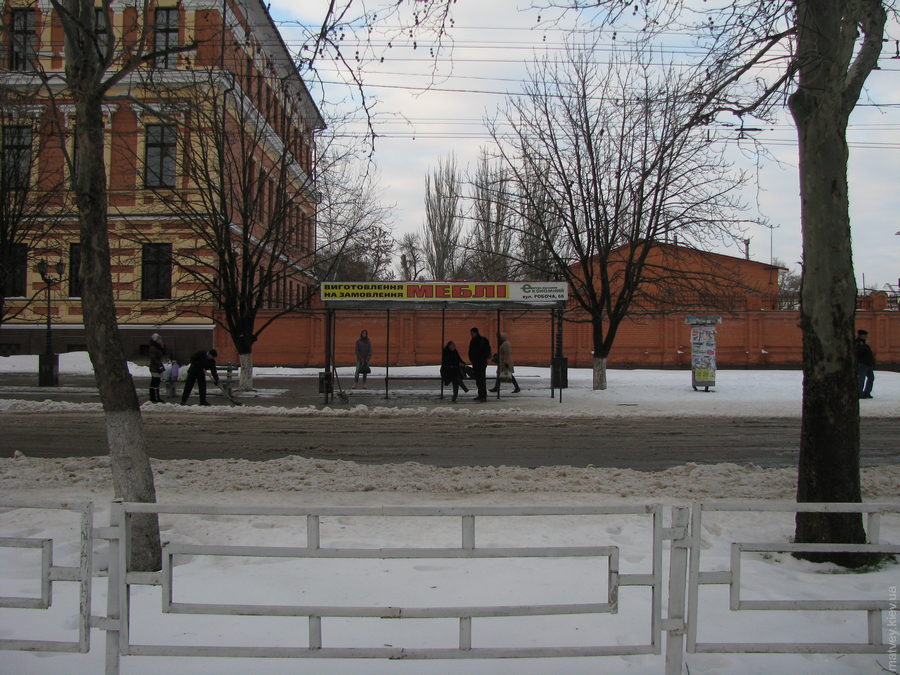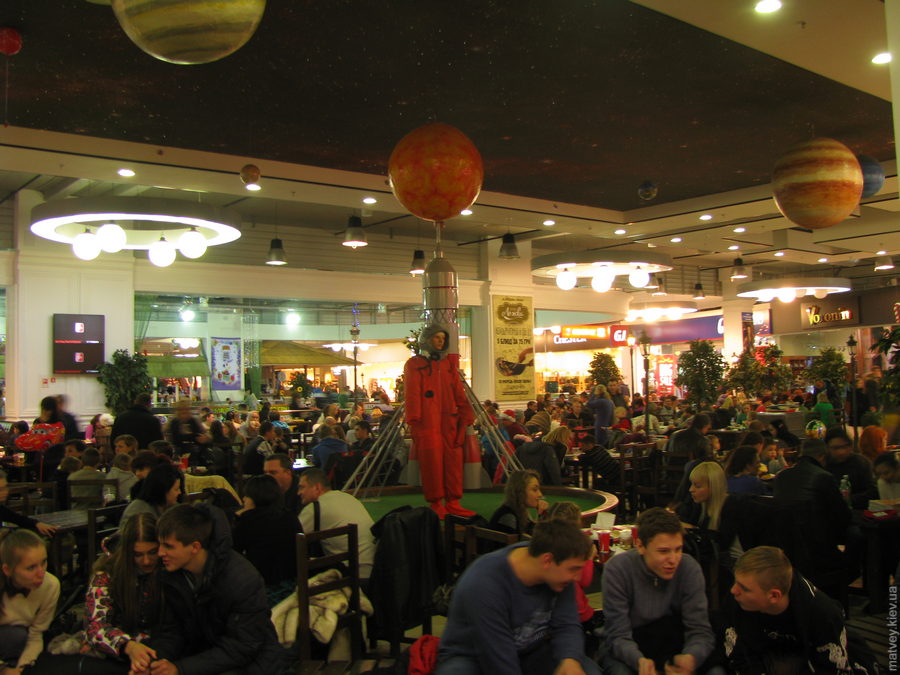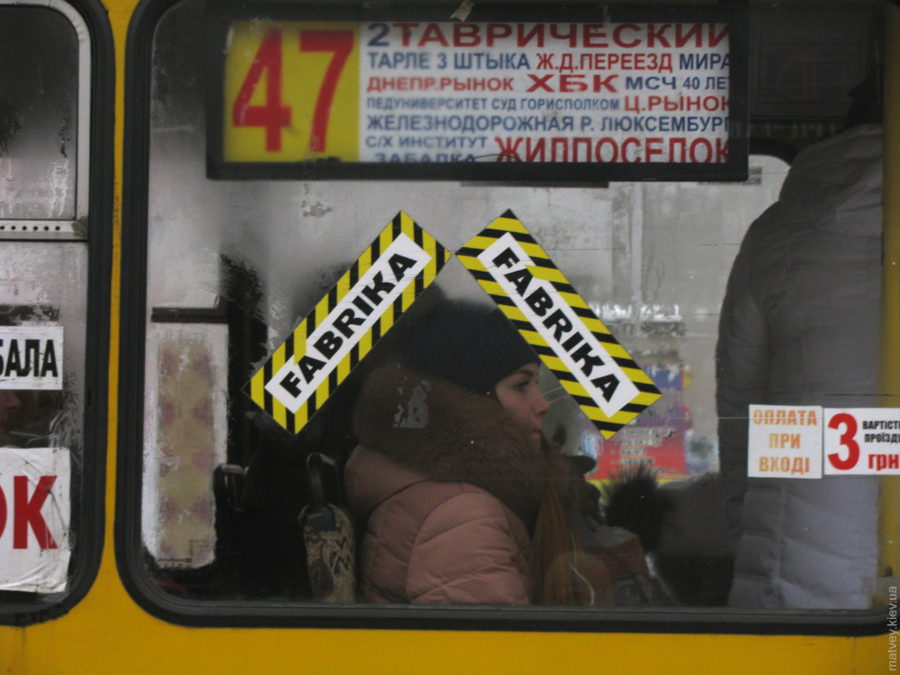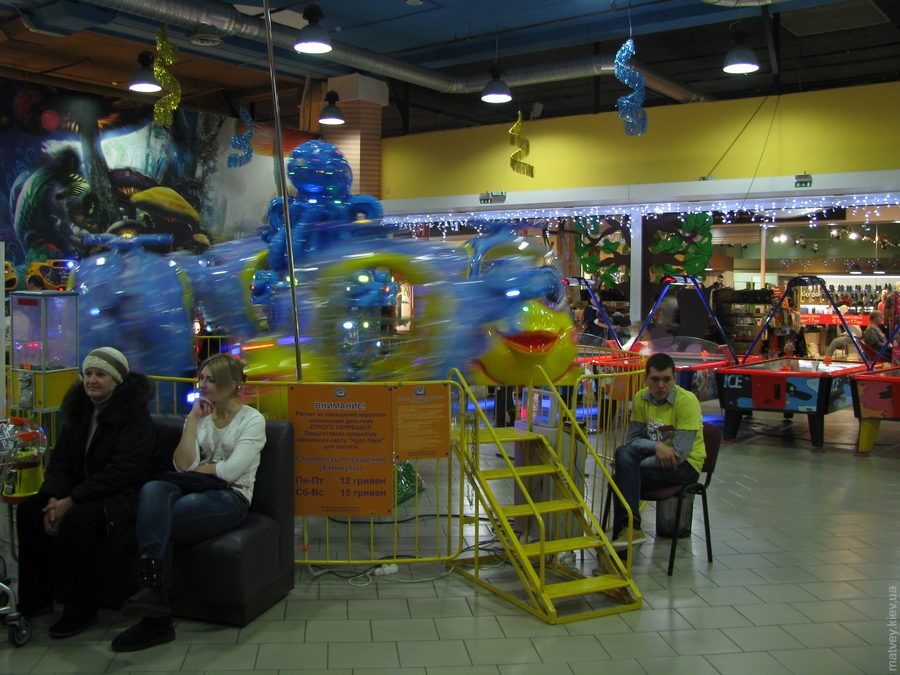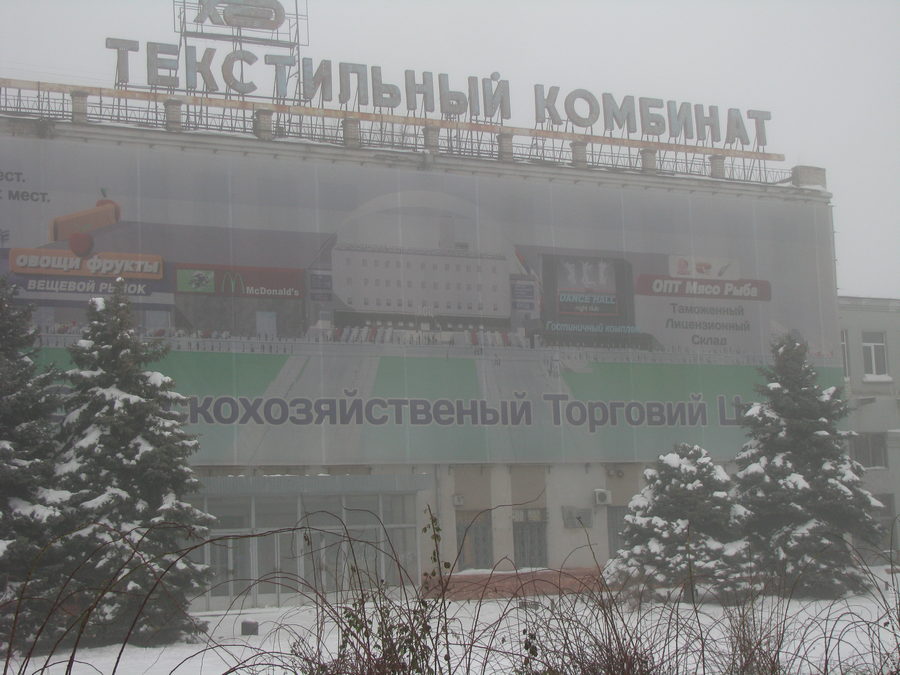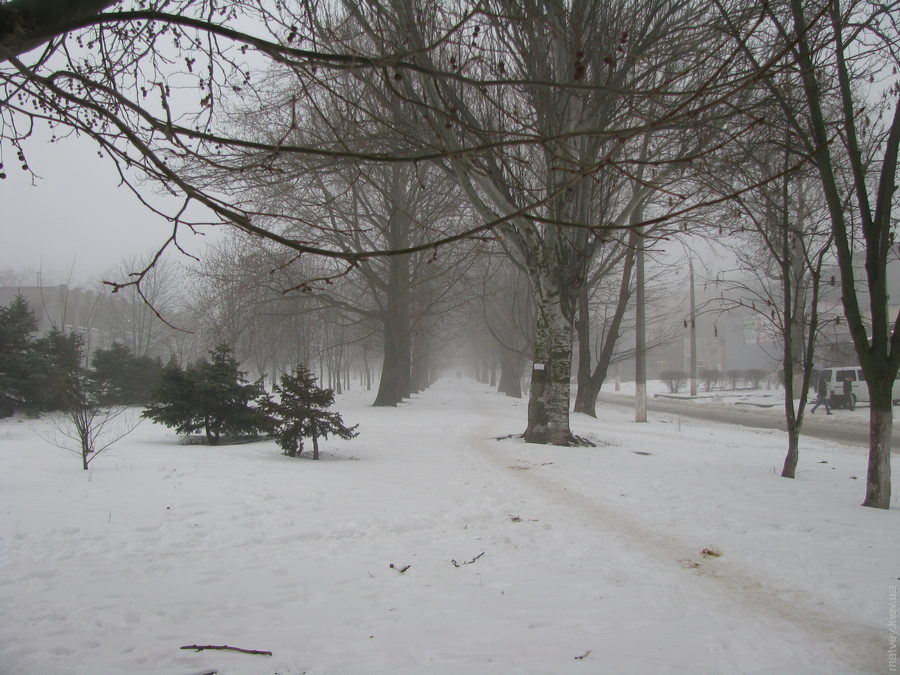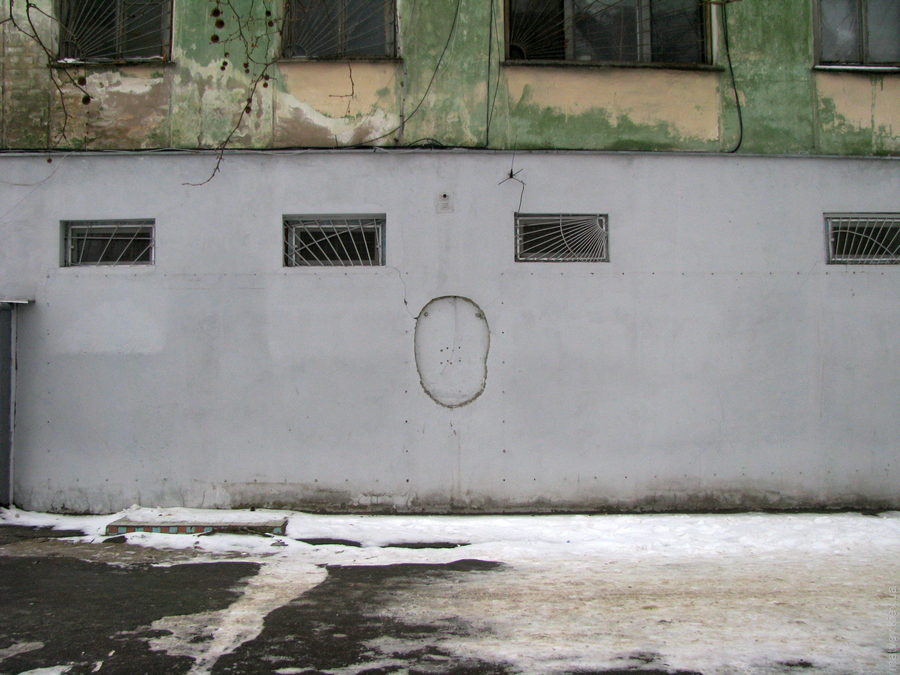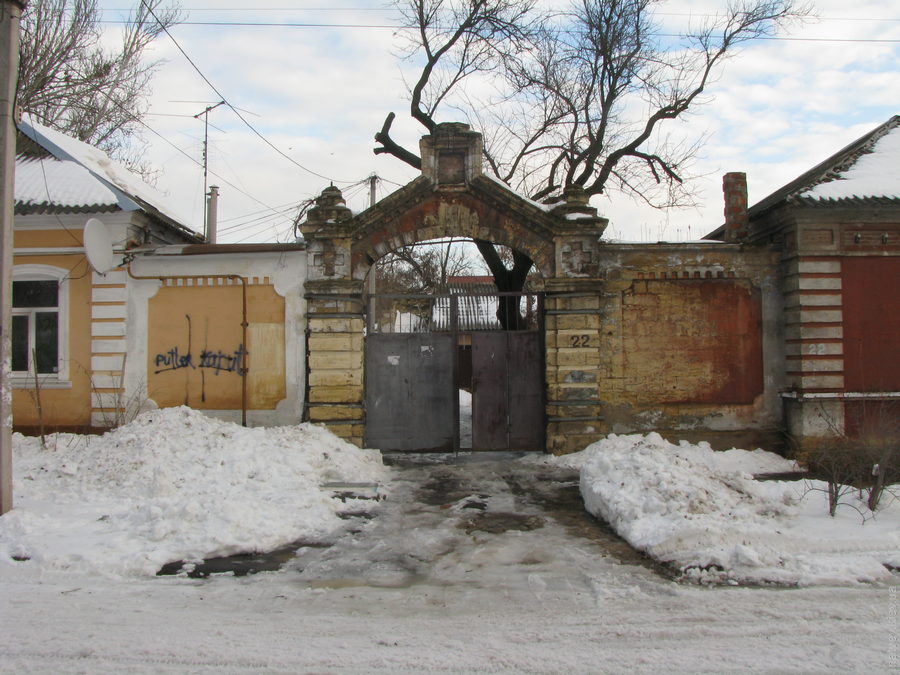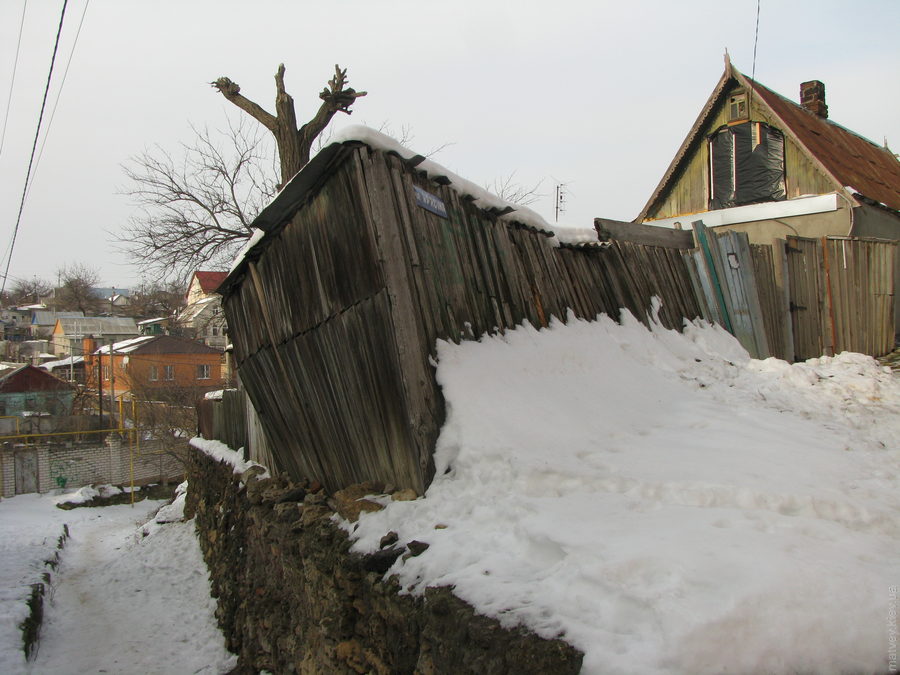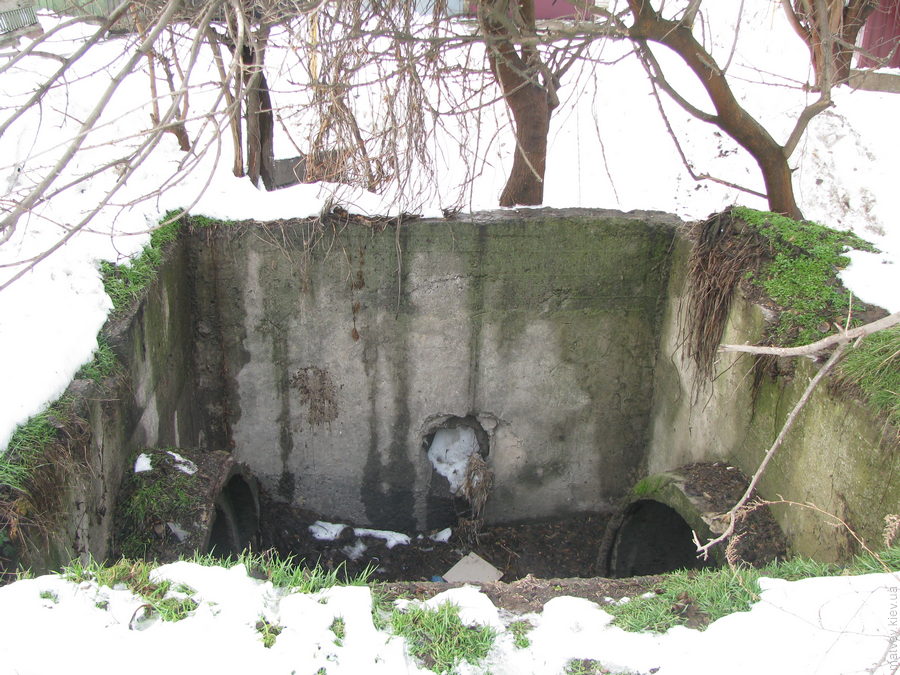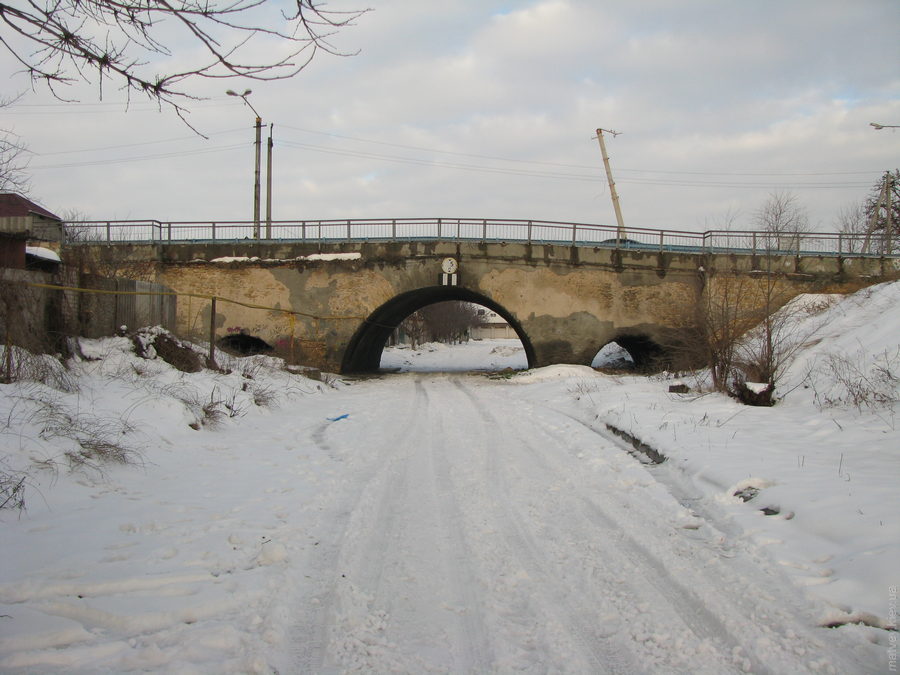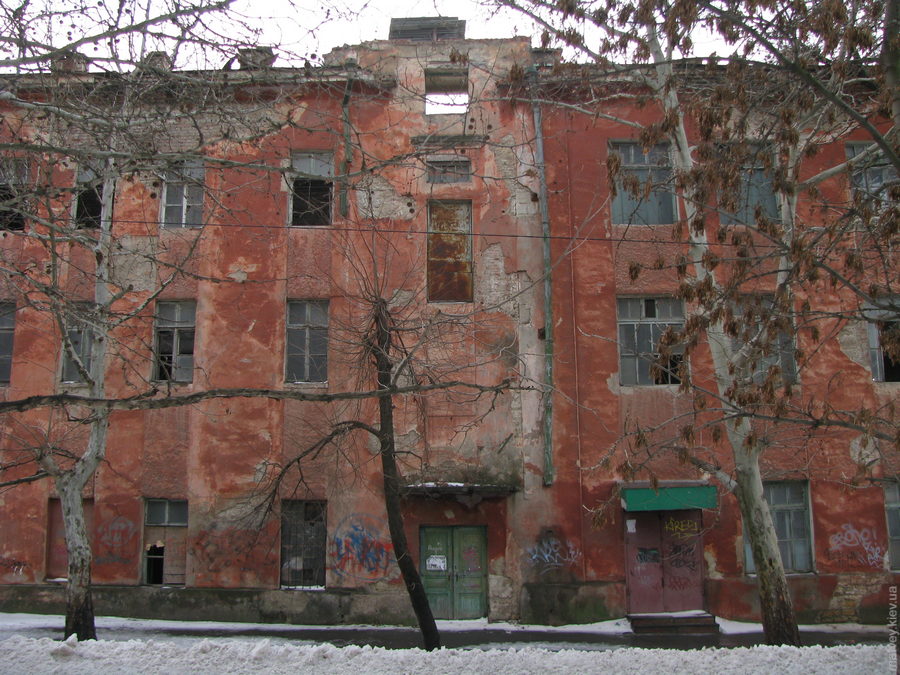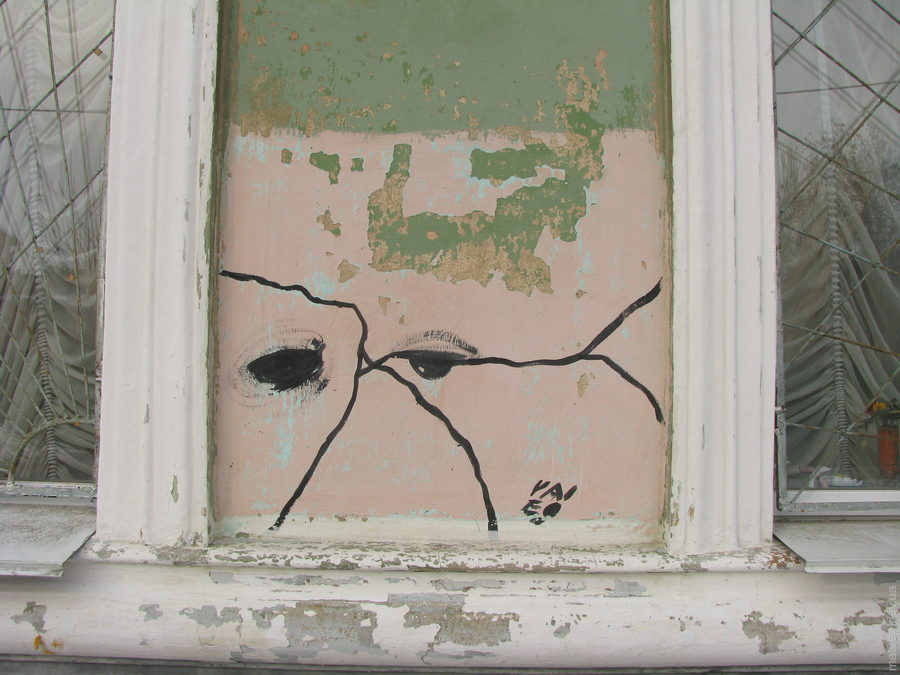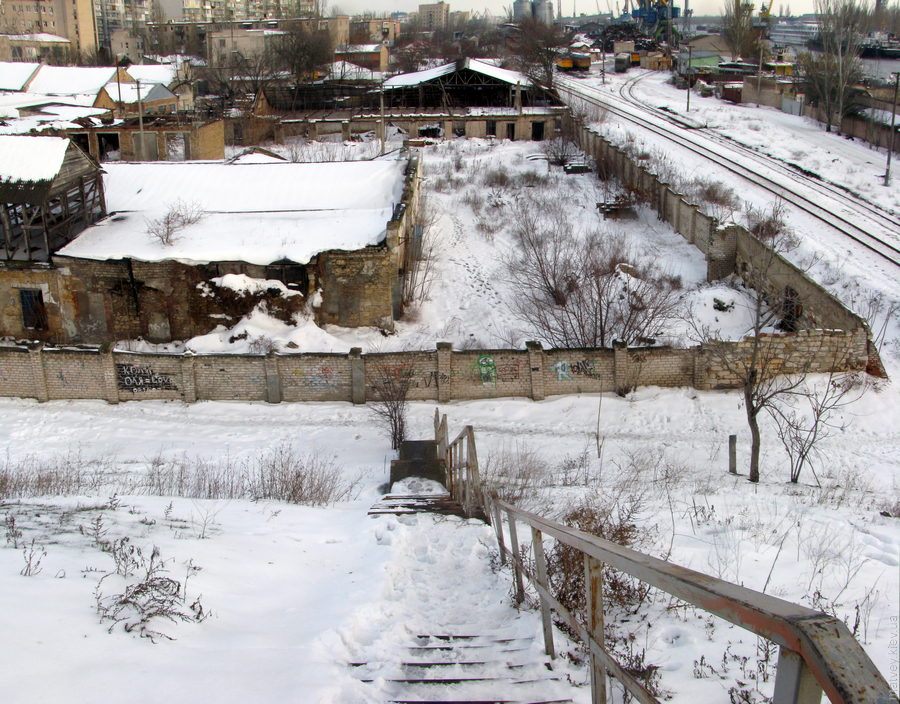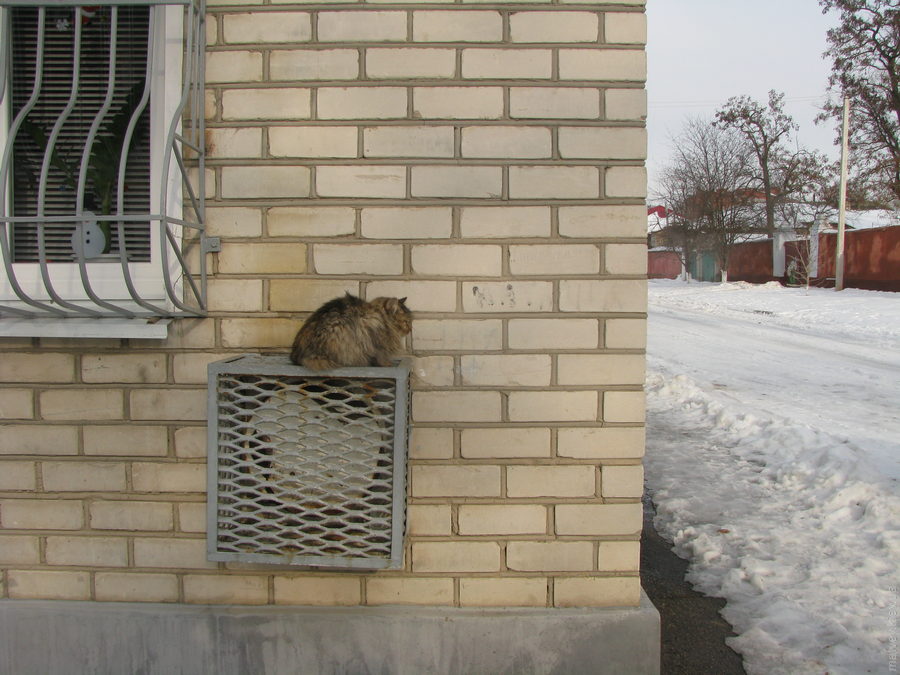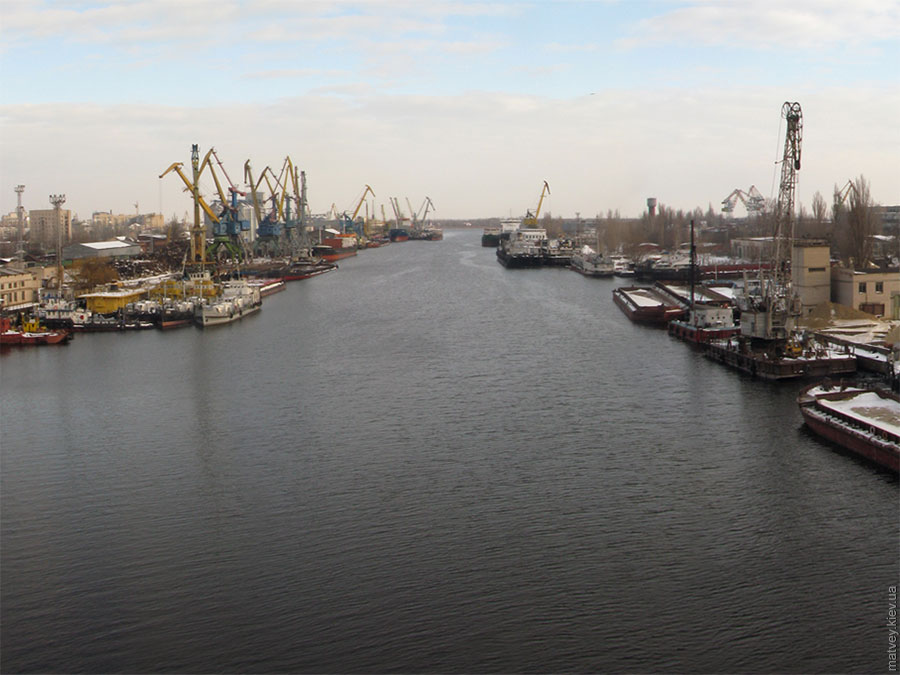Got to Kherson again. Had several short walks this time, outside the central part. It seemed new to me that people were actively buying water from numerous kiosks of varying forms. «Питна вода» («potable water») was the most widespread brand. There also was «Djerelna». The kiosks were all different, their forms ranging from simplest cabins of metal sheets to small shops. Here's one that stood on the corner of Kulyka and Zalaegerseg streets:
Another one on Mykhayla Hrushevskoho street:
The price was UAH 0.25 for one liter. They were also selling accessories such as plastic bottles, plastic lids and handles. When a client paid, the waiter put a hose with a faucet outside, and opened the flow into your container.
One more example: an absolutely not elaborate kiosk, resembling a simple beach locker room. A fridge during the winter, an oven during the summer:
It seemed to me that this was new to Kherson, but my friends told me that it had been like this for ages.
In a fashion similar to many other cities and towns of Ukraine, public transport stop signs were not having names written. Just signs without any letters. They had advertisement on bus stops, but did not care about leaving the name anywhere. After a few hours of walking, I counted just two bus stops with names in the very center. Maybe I should embrace this as the way that the future was coming at us. Because bus stop names were available in my goddamn pocket — using data from OpenStreetMap, edited by myself, too.
There were very few people on the streets, to the extent that I began to notice that. It turned out that everyone was in the new shopping mall called «Fabrika».
(It was the Sun over the cosmonaut. The surface looked like pizza, didn't it?)
Fabrika was built instead of an old factory part, hence its name. It obviously meant a lot for Khersonians. Marshrutka buses have changed their routes to pass by this mall, and were all sporting stickers with the logo — the more of them, the better.
It was very loud inside Fabrika. Adults were attacked by prices from all sides, like «4 minutes on the merry-go-round for UAH 12 on weekdays». The kids were loving it.
There was a place with a good contrast: the swimming pool zone had partially transparent walls right near the main corridor of the mall. Semi-naked people in swimsuits were just 3 meters away from the dark-clothed mass of depressed people whose boots were slurping on the cold sludge brought in on the boots.
Huge, human size typos on the administration building of some factory. Ukrainian language mixed with russian, still failing to type the needed double «н» in «сельскохозяйственный». Never skip the proofreading step!
I wanted to see what can a street called «Zalaegerseg» look like. Well, I saw it now.
This street was named after a Hungarian sister city Zalaegerszeg.
The nearest payphone was 7 years in the past.
An old arch on Pidpilna street.
Old fence was leaning over a passage between Pidpilna and Kolodyazna streets.
A small stream was hidden under the Kolodyazna street. This pit was open for some reason and not fenced off in any way. It had been open for some years already, judging by the vegetation on edges.
I passed under this 19-th century bridge called Pankrativskiy.
Urban decay was taking place in various parts of Kherson.
Stumbled upon a nice street art.
It was a dull winter of gray, white and rusty colors around me.
A winter view of the Koshova branch of Dnieper.
